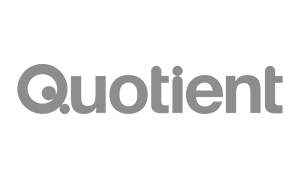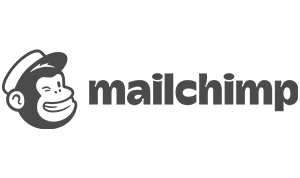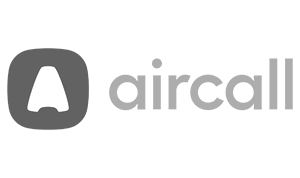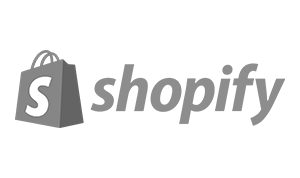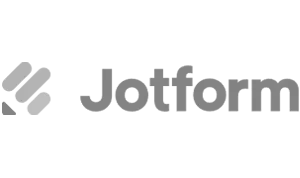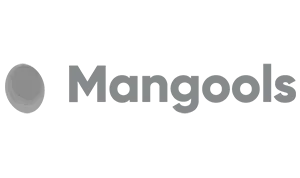Crown Street, Wollongong, 2500
The History of Branding and Its Evolution
Branding is the backbone of how companies connect with consumers—a tool to build trust, inspire loyalty, and spark recognition. But the concept of branding is far from new!
It spans centuries, intertwining culture, commerce, and creativity. From ancient civilisations to the digital age, branding has evolved into a dynamic force shaping modern business practices.
This article will take you through the fascinating history of branding, highlighting its milestones and transformation into the powerful marketing strategy we know today.
Branding’s Humble Beginnings
Humans have long understood the power of a mark. Branding, as we know it, originated as a way to signify ownership or authenticity.
Ancient Roots and Symbols
Branding dates back to ancient times, where civilisations like the Egyptians, Greeks, and Romans used symbols to signify ownership or authenticate goods. Farmers, for instance, branded livestock with unique marks to identify their herds. Meanwhile, artisans carved signature symbols on their pottery to denote craftsmanship, creating what was arguably one of the earliest forms of “brand equity.”
These symbols were not just functional; they carried meaning, tradition, and a sense of pride that resonated with buyers and communities alike.
Enter the Guilds
During the medieval era, guilds—a precursor to trade associations—began to influence branding. Craftsmen and merchants in Europe would stamp their goods with logos or emblems that distinguished the quality and origin of their work. This was crucial, as trust was the lifeblood of commerce during this time. These marks of distinction protected the integrity of goods and assured buyers of their quality, setting the stage for branding’s role in customer assurance.
The Birth of Corporate Branding
The Industrial Revolution in the 18th and 19th centuries marked a seismic shift in branding. The rapid expansion of industries, factories, and markets necessitated a new approach to building consumer trust.
Mass Production and Packaging
With the onset of mass production, manufacturers had to create a way to set their products apart from competitors. Iconic brands like Coca-Cola, Kellogg’s, and Levi Strauss used consistent logos, packaging, and advertising to establish their identity and foster recognition. This marked the beginning of “corporate branding,” where brands started to symbolise reliability and quality on a large scale.
Canned goods, for example, became a household staple as companies branded these products with distinctive designs and labels, inviting a sense of familiarity amidst the rise of urban living.
The Rise of Advertising
The late 19th century also saw the advent of modern advertising. Businesses began leveraging newspapers, magazines, and posters to create emotional connections with consumers, helping turn functional products into symbols of aspiration. Advertising integrated narrative into branding, making products more than commodities—they became lifestyles, promises, and identities.
The Globalisation of Branding
The 20th century ushered in an era of globalisation, and branding took centre stage. Products and services became global icons, representing not only utility but also cultural values and prestige.
The Branding Boom of the 1950s
By the 1950s, branding had firmly established itself as a core tenet of business. Icons such as McDonald’s golden arches, Nike’s swoosh, and Apple’s bitten apple logo became instantly recognisable globally. These symbols carried weight far beyond their designs; they embodied principles, stories, and emotions that resonated universally.
Advertising during this time became a cultural phenomenon in its own right, with television offering a new medium to captivate and persuade audiences. Taglines like “Have a Coke and a Smile” demonstrated the potential to anchor positive emotions to an organisation’s identity.
The Digital Convergence
By the 1990s, the internet began revolutionising how brands interacted with consumers. Websites, email, and eventually social media made branding more interactive and personal than ever before. Brands now had to establish an online identity while maintaining their traditional presence—a challenge that demanded creativity, adaptability, and consistency.
Branding in the Modern Era
Branding today has morphed into a sophisticated blend of science and art. Data-driven insights complement storytelling, and digital tools allow even small businesses to create powerful identities. This is where a brand consultancy in Singapore plays a vital role, helping businesses navigate branding complexities in a competitive market.

Purpose-Driven Branding
Modern consumers seek more than just products; they want brands to reflect their values and stand for something meaningful. Companies like Patagonia and Toms have pioneered purpose-driven branding by aligning their identities with sustainability, social causes, and community impact.
This evolution highlights the human aspect of branding—showcasing how it can build relationships grounded in shared beliefs.
The Role of Technology
From artificial intelligence to augmented reality, technology has become a critical part of modern branding strategies. Personalisation, a key consumer expectation, has been supercharged by advancements in AI, allowing brands to create tailored experiences that feel authentic.
Additionally, platforms like Instagram, TikTok, and e-commerce sites have provided brands with new ways to engage audiences visually and interactively.
Adaptability and Innovation
Branding, at its core, remains about building connections. However, businesses must now be agile in an environment where trends shift quickly, and consumers demand transparency. Stories, values, and experiences form the foundation of modern branding practices in an increasingly digital and fragmented world.

Love My Online Marketing has 10+ Years of working alongside businesses and helping them grow. Discuss your options for online success from website Design and Development through to Google Marketing.
Do you want more traffic and business leads?
Love My Online Marketing is determined to make a business grow. Our only question is, will it be yours?














